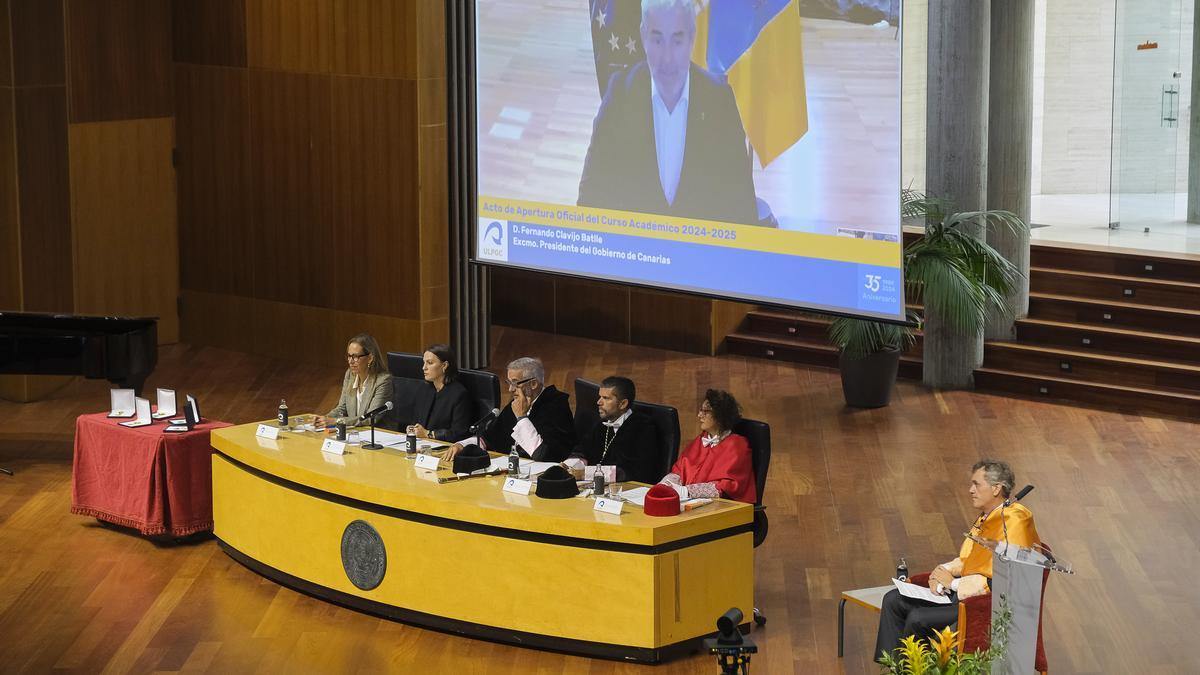I participated in the podcast. Distant Sun 2.0 By David Menaio talking about black holes. You can enjoy it in “Francis Villatoro: Black Holes”, Distant Sun 2.0, August 05, 2024. We start with Schwarzschild and black holes as mathematical solutions. To encourage you to listen to the podcast, I've included a transcript of the first few minutes. You might enjoy it!
Black holes, from a mathematical point of view, are solutions to Einstein's equations of gravity. Empty spacetime is curved and self-sufficient through its own curvature. The source of gravity is energy density and curved spacetime has gravitational energy. When the curvature energy density exceeds a certain limit, it causes spacetime to curve more and more, without limit, until it results in a singular black hole at its center. From a physics point of view, we know that the physics of stars is such that they have a maximum mass, beyond which they can no longer remain in equilibrium. When a star uses up the fuel in its core, it eventually implodes. The core explodes and its outer part explodes in a supernova. If that core has enough mass, the gravitational explosion cannot be stopped and a black hole will form. The gravity will be stronger than any fusion energy density in the core of the star. “The star will not stop collapsing and will end up forming a physical object described by the mathematical solution of a black hole.”
From an astrophysical point of view, we have observed compact objects in the universe that are very small and very massive, but that do not emit light, even though they are surrounded by a source that emits light. Objects that orbit around these objects and thanks to which we have been able to detect their existence. We have been able, for example, to see stars orbiting around a place where there is nothing. We believe that what is there is a black hole. We have also observed that they use gravitational waves, thanks to phenomena such as the merger of black holes. We have observed gravitational waves with a shape that matches what we would expect for two black holes to merge. So we interpret that the waves we receive correspond to these astrophysical objects. Black holes are very rich objects in terms of mathematics, physics and astrophysics. However, there are still astrophysicists who claim that it has not yet been proven 100% that astrophysical objects correspond to the mathematical solution of Einstein's equations. But for most physicists there is no doubt that this is a complete coincidence.
There are different types of black holes as mathematical solutions. The first published solution is the Schwarzschild solution, which is a curved spacetime with spherical symmetry, which when viewed from infinity (or from a very great distance) produces a gravitational field identical to that of a body of a given mass. Spacetime around the Sun is curved with a certain curvature outside its surface; but inside the curvature decreases, as its mass decreases to a given radius, until it reaches a central point where the curvature is zero. In a black hole, the curvature outside its horizon is the same as the curvature outside the surface of the Sun; but inside the event horizon, unlike inside the Sun, there is no matter, everything is empty, which is why the curvature continues to curve infinitely, until it becomes infinite at its central point. A Schwarzschild black hole has only a mass parameter. It is not mass in the Newtonian sense, associated with matter, but in the relativistic sense, associated with energy, which in this case is the gravitational energy associated with the curvature of the black hole. This is the mass of ADM, so that it can be viewed from infinity and produces a gravitational field equivalent to a body of the aforementioned mass. That's why it's called the mass parameter.
From a mathematical point of view, there are also black holes with mass and angular momentum, a rotating region of spacetime, the so-called Kerr solution. Their angular momentum, sometimes called spin, acts as a new gravitational parameter. When Einstein's solutions for gravity are combined with Maxwell's solutions for electromagnetism, one can obtain mathematical solutions such as a black hole with electric charge, a charged black hole, a Reissner-Nordström solution without angular momentum, and a Kerr-Newman solution with angular momentum. In fact, from a mathematical point of view, the most general solution to Einstein's equations (without electromagnetism) has four parameters, a mass parameter and another for angular momentum, plus two other parameters that have no physical interpretation; we believe that such mathematical solutions cannot occur in reality.
All astrophysical black holes we have observed in the universe are consistent with the Kerr solution, black holes with mass and angular momentum parameters. All black hole formation mechanisms we know lead to black holes of this type. We think that Schwarzschild black holes with no angular momentum are just theoretical solutions that do not exist in nature. So the mathematics is much richer in black hole types than what we actually observe.






